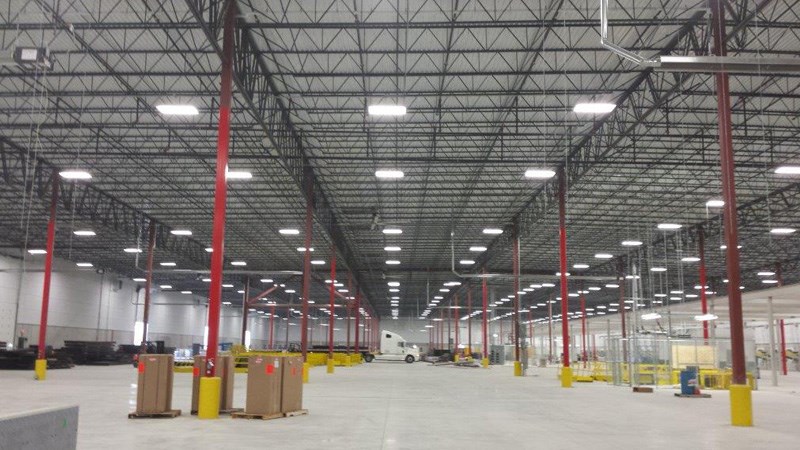Metro Vancouver’s industrial vacancy rate has plunged to 1.5 per cent, the lowest in Canada, as a diverse demand base and plunging land inventory create a robust but challenging sector heading into 2017.
Film and technology companies are increasingly seeking space that was once the sole target of retail distribution, warehouse and manufacturing outfits.
In 2016, movie and film producers seized more than 28 per cent of all the industrial space leased in Metro Vancouver, often outbidding traditional tenants to become the dominant new player in a tight market. The unprecedented demand from the billion-dollar B.C. film industry, which has leased at least 1.5 million square feet since mid-2015, has helped to define the entire industrial sector and drive leasing rates higher.
“They [film producers] have completely changed our industry,” said Sean Bagan, an industrial specialist with Colliers International in Vancouver.
The film producers are scrambling for high ceiling heights in no-column open warehouses of at least 40,000 square feet with enough bay space to turn big trucks, exactly the type of modern buildings sought by the biggest industrial tenants: retail/wholesale distributors and logistics/transport companies.
It is no surprise that lease rates in some Metro markets have soared since Hollywood came calling.
Lease rates rising
Just months ago, Metro Vancouver industrial leases averaged $8.64 per square foot – similar to Saskatoon or Regina. Today rates of $20 per square foot are not uncommon in Vancouver and rates are up 14.6 per cent across the region compared to a year ago, according to a JLL survey.
As agents explain, industrial tenants traditionally sign five- or 10-year lease agreements, but film shoots need studio space for only about six months. As a result, TV and film companies are paying full lease rates, and often a premium above that, and even signing two-year agreements. They then either hold the site for a second shoot or attempt to sublease the space to another film company.
But the film industry is also rebuilding scarce industrial sites into giant sound studios. One of biggest industrial lease deal in 2016 was Vancouver film producer Adjacent Production Services taking more than 216,000 square feet in Langley.
Meanwhile, demand from traditional industrial tenants remains rock solid in a region that is expected to post the highest GDP among major Canadian cities this year.
High land prices
But some warn the cost of industrial land – an acre can sell for $2 million and Vancouver strata industrial tops $450 per square foot – may force some distribution, warehouse and heavy industrial tenants to look elsewhere.
Lee Hester, a senior vice-president with JLL in Vancouver, cautioned that the industrial shortage must be addressed.
“We will lose to Calgary, we will lose to Kelowna, we will lose to Seattle and we will lose to California,” he told a Vancouver real estate conference in November. “It’s already happening. Anyone north of 100,000 square feet, they are looking at those other regions.”
However, the roaring retail and wholesale trade sector continues to fuel local distribution demand. As of the end of last year, 5.5 million square feet of new warehouse space was under construction and nearly three million square feet had been completed – yet the vacancy rate in this sector remained a tight 2.3 per cent.
The BC Real Estate Association (BCREA) sees no downturn in industrial demand, noting that its commercial leading indicator index (CLI) was up 2.4 per cent in the third quarter of 2016 compared to a year earlier.
“Job growth in key commercial sectors and robust consumer demand led the CLI higher,” said BCREA economist Brendon Ogmundson.



